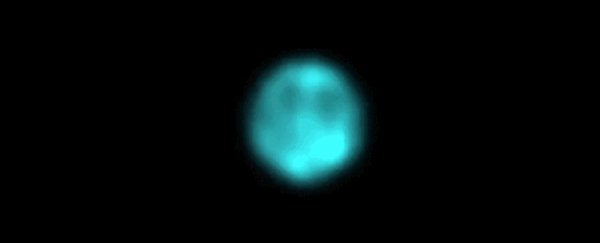Scientists continue to push the boundaries of what cameras are capable of – like a newly developed phase-sensitive compressed ultrafast photography (pCUP) device, which is capable of snapping an impressive one trillion frames every second.
That's mind-boggling, but it's not a record, because some of the same researchers developed a camera that can take 10 trillion shots a second back in 2018. This new camera has another party trick too, though: it can capture transparent objects and other phenomena invisible to the naked eye, such as shockwaves.
While this incredible bit of technology won't be much use for your holiday photos or Instagram selfies, it promises to have a variety of scientific uses across physics, biology and chemistry.
The camera works by utilising the innovative technique used in the 2018 model, where measurements of light intensity are combined with a static image and some advanced maths to produce all those frames.
New this time is an extra ingredient, phase-contrast microscopy: this is an older photographic technique where changes in the relative positions of light waves as they pass through different densities are converted to changes in brightness. This allows transparent objects – such as cells made mostly of water – to be seen.
"What we've done is to adapt standard phase-contrast microscopy so that it provides very fast imaging, which allows us to image ultrafast phenomena in transparent materials," says electrical engineer Lihong Wang, from the California Institute of Technology (Caltech).
Phase-contrast microscopy was invented by Dutch physicist Frits Zernike in the 1930s, and latches on to the way that light changes speed as it passes through materials. Those speed changes make materials like glass much easier to spot with this technique.
As for the newest part of the technology, the team at Caltech calls it lossless encoding compressed ultrafast technology (LLE-CUP). This marks the next generation of streak cameras - devices that capture an entire event in one shot in a way that allows the timing of the lightwaves to be recorded.
Wang's previous work added a new component - a charge coupled device - that squeezed out shorter times. Now, he's combined an upgraded form of this setup with microscopy that screens out unscattered light to map changes the human eye can't see.
With scientific cameras getting more sophisticated all the time, they're leading to further discoveries about the world around us, whether that's in taking snapshots of the human body, or in recording quantum entanglement.
Here, the researchers successfully captured the movement of a shockwave through water, and a laser pulse through a crystalline material. Their camera could be used for even more purposes in the future, as it can be combined with several other existing optical imaging systems, the researchers say.
It might, for example, eventually enable scientists to capture the way that flames expand in combustion chambers, or to record the signals that travel through neurons at a microscopic scale.
"As signals travel through neurons, there is a minute dilation of nerve fibres that we hope to see," says Wang. "If we have a network of neurons, maybe we can see their communication in real time."
Imagine that.
The research has been published in Science Advances.
